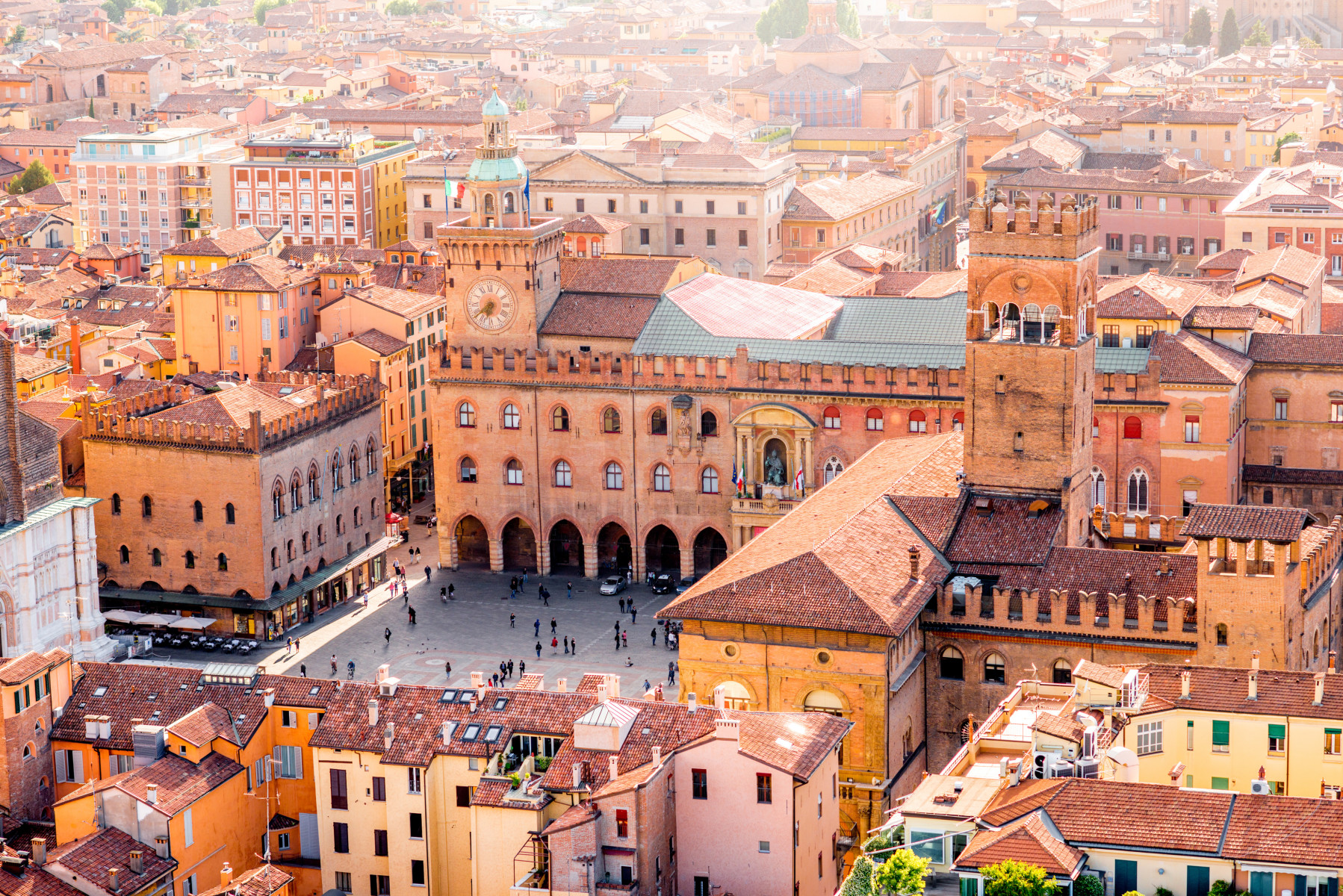Check tour
Bologna
About Offline Map
Country Days Tracker - this app track the days you spend in different countries helping you with visas and tax residency. Try it now! Watch video!
Bologna is a city in northern Italy and the capital of the Emilia-Romagna region. Known for its rich history, vibrant culture, and delicious cuisine, Bologna offers a unique and charming experience to visitors. Here are some of the highlights of Bologna:
1. Piazza Maggiore: The main square of Bologna, surrounded by historical buildings, cafes, and the beautiful San Petronio Basilica.
2. Two Towers (Due Torri): The iconic leaning towers of Bologna, Asinelli and Garisenda, offering panoramic views of the city.
3. Basilica of San Petronio: A stunning Gothic basilica with an impressive facade and artistic masterpieces inside.
4. Archiginnasio of Bologna: Once the main building of the University of Bologna, now a historical library and museum.
5. Quadrilatero: A lively medieval market area with various shops, food stalls, and local produce.
6. Bologna University: One of the oldest universities in the world, with beautiful historical buildings and a rich academic legacy.
7. Santo Stefano Basilica: A complex of seven churches with a unique architecture and rich history.
8. Lamborghini Museum: Located just outside of Bologna, the museum showcases luxurious sports cars and the history of the Lamborghini brand.
9. Bologna Cuisine: Bologna is famous for its culinary delights, including tagliatelle al ragù (Bolognese sauce), tortellini, and mortadella.
10. Porticoes of Bologna: The city is famous for its extensive network of covered walkways, providing shade and shelter to pedestrians.
11. Bologna Welcome Card: A useful card for tourists, providing discounts on attractions, transportation, and guided tours.
12. Pinacoteca Nazionale di Bologna: An art museum displaying a vast collection of Italian masterpieces from the Middle Ages to the Renaissance.
Bologna's unique blend of history, art, and gastronomy makes it a fascinating destination for travelers seeking an authentic Italian experience.




























































